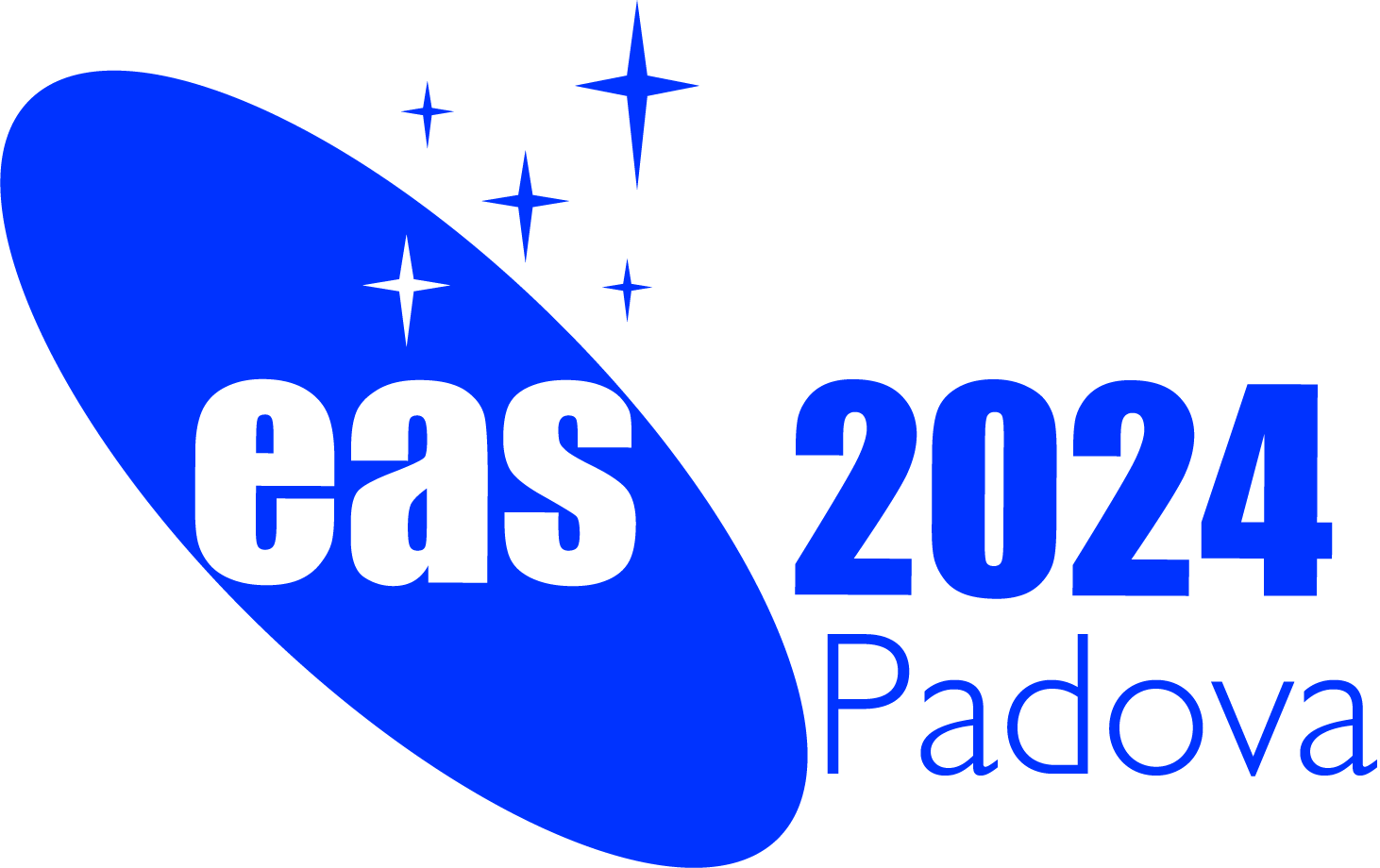
|
Special Session SS29
5 July 2024
High-redshift galaxies: Apples to oranges from Dusk to Dawn in the era of JWST
Understanding the formation and evolution of the first galaxies is a key priority for many current and upcoming observatories, such as ALMA, ELT, Euclid, JWST and Roman. It has also been the focus of theoretical modelling; the multitude of complex processes during this nascent period of galaxy evolution necessitates the use of detailed numerical simulations. Notably, this is also a regime where the models have not been rigorously tested, as the accumulation of multi-wavelength data has only started in recent years. Current JWST results have revealed unprecedented details on this previously poorly understood epoch, and are already challenging existing models. However, these data by themselves are not enough. Understanding them and providing strong constraints on the physics of the high-redshift Universe require them to be interpreted in the context of theoretical models or simulations. Yet, there is a disconnect in how comparisons are made between models and observations, for example, order magnitude differences in stellar mass and metallicity estimates, and evolved stellar populations at high-z due to different modelling assumptions as well as in identification of structures in models and observations. This session aims to bring together theoreticians and observers in the high-redshift community to discuss the challenges and strategies for assessing the best parameter spaces to compare the two. To frame our discussion, we will tackle the following key questions:
Programme
Block 1: Consistency between models used by observers and simulators Invited speakers
Scientific organisers
Aswin P Vijayan (Chair, University of Sussex, UK & Cosmic Dawn Center, Denmark) Contact eas2024.apples.to.oranges @ gmail.com Updated on Wed May 15 16:12:33 CEST 2024
|
||||||||
|
European Astronomical Society |
|||||||||
 A power cut will shut down all EAS services on Tuesday, 10 January 2017 starting at 7:30 CET.
A power cut will shut down all EAS services on Tuesday, 10 January 2017 starting at 7:30 CET.

